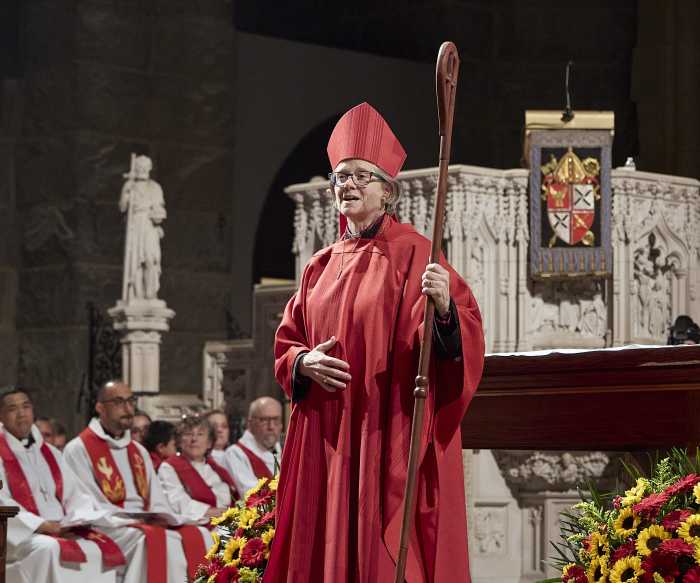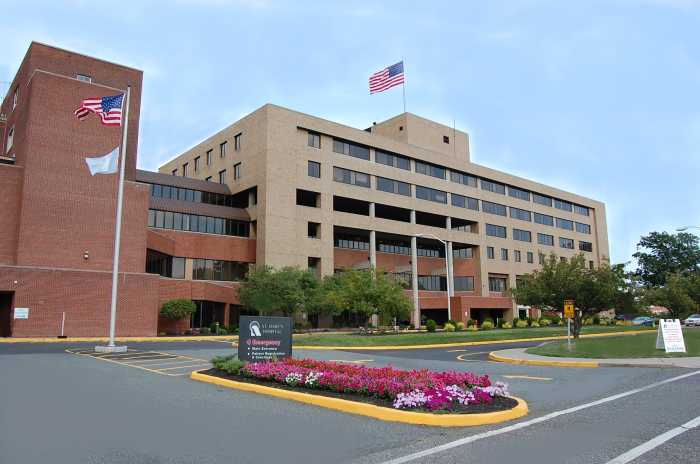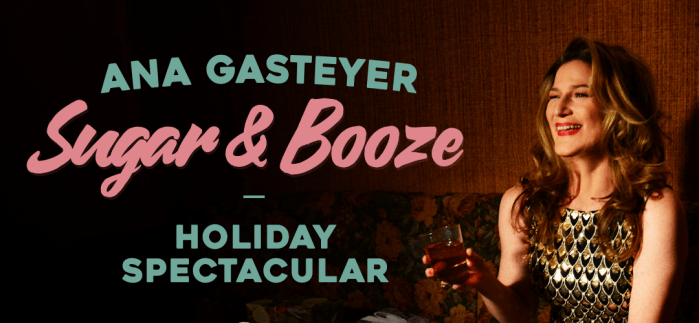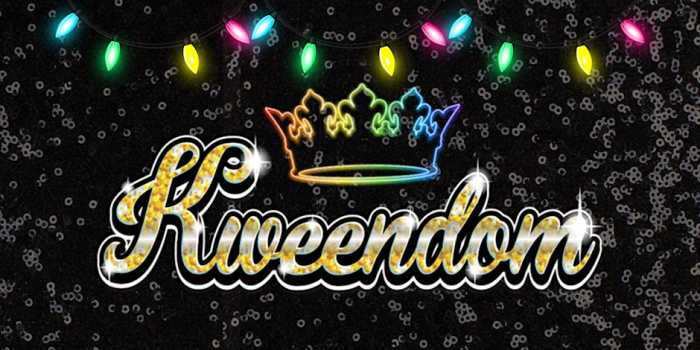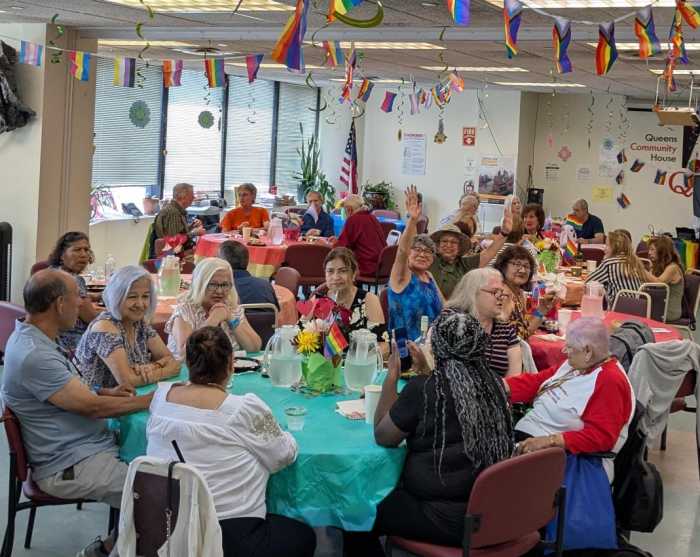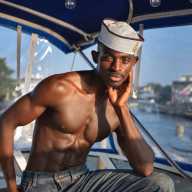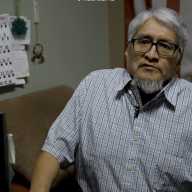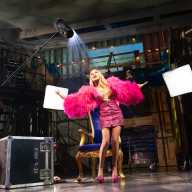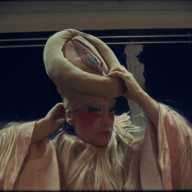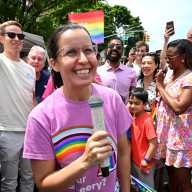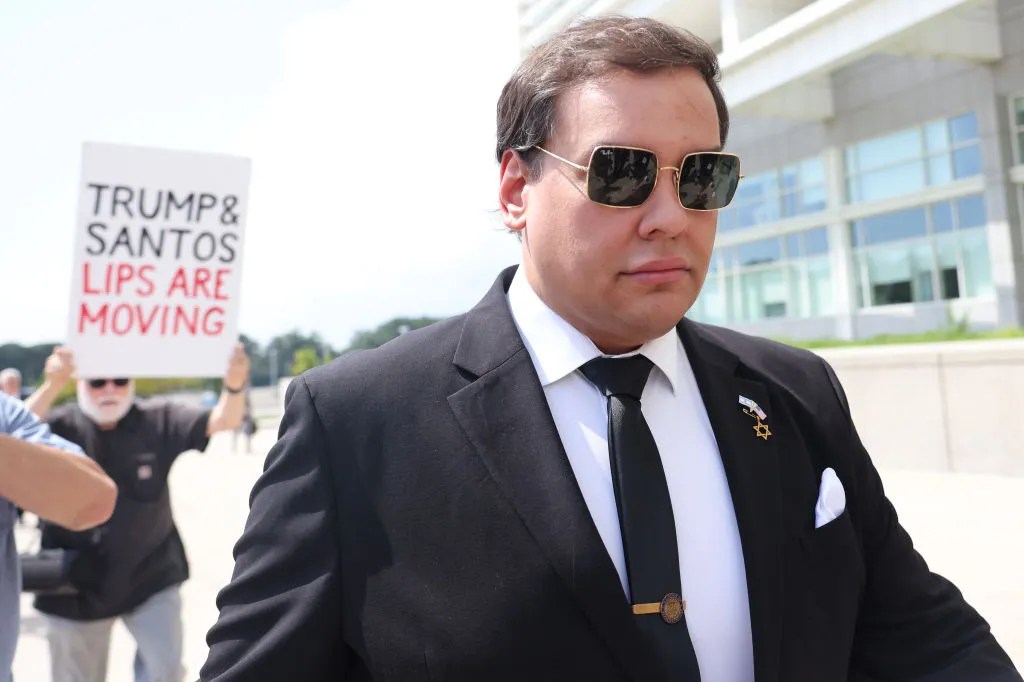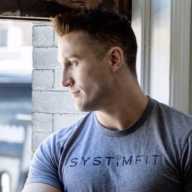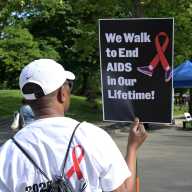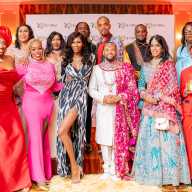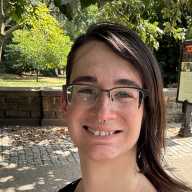Red paint was commonly splattered on Catedral Metropolitana in Buenos Aires, meant to mark the blood on the hands not just of the church, but the very man who commanded it, then known as Archbishop Cardinal Jorge Bergoglio. Argentina’s National Gay Pride began in front of this same building, where crowds gathered in the adjacent Plaza de Mayo, the city’s historic Spanish colonial core. It was here that the symbols of power in Argentina, a country that once had no separation of church and state, lorded over the populace. The Casa Rosada, or Presidential Palace, home to Eva Peron’s balcony immortalized in Madonna’s 1996 movie, is diagonally across from the cathedral.
While it’s hard to say Bergoglio sent them, for some of the years I covered the parade living in Buenos Aires as a freelance journalist and guidebook writer, people who described themselves as protectors of the church, often young men, would form human barriers in front of the cathedral, harassing LGBTQ rights protestors. This would end, though, when same-sex marriage — which Bergoglio was vehemently against — passed in July 2010, an event I witnessed inside the Casa Rosada.
Buenos Aires is one of the world’s few nighttime prides, and darkness helps obscure those who in early days were bold enough to participate. The parade uses Avenida de Mayo, the city’s main processional boulevard, culminating in a rally in front of Congreso, modeled after our own in Washington. Here too, the Catholic church once held power. While Bergoglio and other cardinals could not vote, they had their own seat inside, their mere presence a reminder to politicians that the church was watching. This was particularly effective at long keeping abortion illegal in Argentina, even while a woman, Cristina Fernandez de Kirchner, was president.
I had likely already met Bergoglio at some point, but was introduced to him in 2010 by Islas Malvinas/Falkland Islands war veterans while photographing Christmas Midnight Mass, or Noche Buena. I was polite in my interaction, though I recall being physically repulsed at the time, knowing his history on both women’s rights and LGBTQ rights. Strikingly, he was seen as a reason the church was declining in Argentina. On LGBTQ issues in particular, he had completely lost any sense of relevance when same-sex marriage passed.

This was the background on that fateful day on March 13, 2013, when he was selected as Pope. I was in Buenos Aires when a flurry of messages showed up on my Facebook account. What’s it like there? What’s going on? And I could not understand why. Finally, someone told me to turn on the news.
“Buona sera,” Italian for good evening, Bergoglio, now Pope Francis, said to the crowd. Forget six degrees of separation; I now had a zero-degree connection. Despite all I knew about this man, I was astonished and delighted about that simple fact alone.
On LGBTQ issues though, I expected much the same from the new Francis as the old Bergoglio, even writing in this publication about what a terrible choice he was. However, he quickly surprised me, and indeed all of us, becoming a Pope who said unexpected things about LGBTQ people, like his famous 2013 “who am I to judge?” He would do more, including a 2015 meeting with a transgender Spaniard, Diego Neria Lejárraga, and a 2023 meeting with Catholic LGBTQ leaders.
My first time formally covering the pope was, like in Buenos Aires, for Christmas. While they don’t sell the pope’s First Christmas ornaments, the feeling of love for this new Pontiff was its own tangible souvenir. Everywhere was a palpable change for people who never before thought about the Vatican, regardless of their religion.
I would write a piece for Gay City News, interviewing many of the people I met 13 years before in Rome for the first World Pride, itself created as a challenge to the Catholic Church. The earliest versions of World Pride were groundbreaking challenges to religious authority. The first was in Rome during the 2000 Millennial Catholic Jubilee when millions of pilgrims descended on the Eternal City. Pope John Paul II, whom I would at one point be just a few feet from locking eyes as I photographed him in his Popemobile in St. Peter’s Square, strongly criticized World Pride, and Italian police would often shut down events just as they were about to happen. Protestors, I was told, even included one of Mussolini’s granddaughters, herself an Italian politician.
The second World Pride in Jerusalem in 2006 was held in the midst of Israel’s war with Lebanon, a daring challenge to the leadership of all three branches of the Abrahamic faith, unifying religious leaders through their common hatred of LGBTQ people. While there was talk at the time of having the next one in Istanbul, World Pride would only be held in locations where LGBTQ rights were much more advanced.
Yet by the time Pope Francis was in power, Rome was a different place. Imma Battaglia, one of the main forces behind 2000’s World Pride, became a Rome city councilmember, officially attending a Vatican event that season with her mother, who was ecstatic to be able to meet the Pontiff through her daughter. My schedule ping-ponged between photographing Vatican events by day to attending sensual LGBTQ parties at night, including a New Year’s event hosted by Vladimir Luxuria, a transgender activist, performer, and former politician who believed the pope was especially welcoming to LGBTQ citizens and the children of same-sex couples. At the dance party Muccassassina, Andrea Maccarrone, head of the Italian LGBTQ rights group Circolo Mario Mieli, told me how Pope Francis’ words were a form of subterfuge, repeating lines from the novel “Il Gatopardo,” or “The Leopard,” recently made into a Netflix mini-series. The church was appearing to change, just to stay the same.
Under Pope Francis, it’s true that we saw no change in dogma on LGBTQ issues, as my Gay City News colleague Andy Humm has recently pointed out. There was even a 2024 horrific slip he later apologized for, where he used an Italian anti-LGBTQ slur with a group of cardinals.
Beginning with that 2013 trip though, I was introduced to gay priests within Pope Francis’ Argentine circles who had begun to work behind the scenes. That was when I started to make requests for a sit-down interview with Pope Francis on LGBTQ issues for this publication, which would ultimately never happen. One of these was in the summer of 2015, weeks after the United States legalized same-sex marriage nationwide. My contact told me that there was absolutely no way the church would ever directly condone such marriages, even if there was clearly a change in the atmosphere.
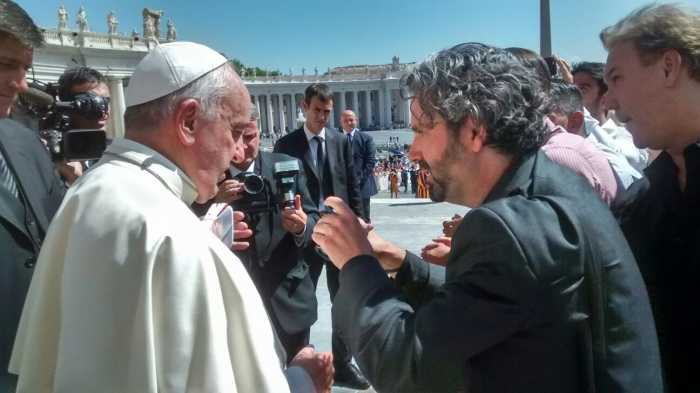
Despite this, there were other ways I would see Pope Francis work with LGBTQ groups. From an American perspective, Sarah Ellis of GLAAD had met a few times with Francis, speaking with news media about her interactions after his death. Over the years, I would also see many of the LGBTQ rights activists I knew in Buenos Aires making their own pilgrimages to Rome, posting photos with the pope and other Vatican dignitaries on their social media feeds. I won’t out any of my gay contacts at the Vatican, themselves in precarious positions, but it was remarkable to see this. Activists I had known in Buenos Aires had gone from being harassed by church goons under Bergoglio to being welcomed into the Vatican when he transformed into Pope Francis.
But dogma? No, that never changed.
Still, the dialogue Pope Francis created, even among Catholic conservatives, was transformative. During Rome’s World Pride, I approached Ambassador magazine, published by the National Italian American Foundation, about potential articles. The editor at the time told me, using a phrase that will forever live in my head, “spaghetti pot stirring grandmothers” who read her magazine would not read such articles.
It’s with these grandmothers — think the movie Nonnas with Vince Vaughn, Susan Sarandon, Brenda Vaccaro and others — that Pope Francis’ words had the most impact. How now can any Catholic judge? And this is why Pope Francis’ legacy is so important. Even without altering dogma, he has changed the way religion looks at LGBTQ rights.
What about the new Pope, Cardinal Robert Prevost, Pope Leo XIV?
My first thought when he stepped onto the balcony was that the choice of an American Pope was a direct challenge to Donald Trump, with the Vatican presenting itself as a bulwark against our increasingly authoritarian government, which uses religion as a cover for its deeds. Of course, authoritarianism is on the rise all over the world, indeed in Rome itself via current Prime Minister of Italy Georgia Meloni, who is against same-sex marriage and whose party Brothers Of Italy has fascist roots.
As for Leo XIV and LGBTQ issues, on May 16 he confirmed his belief that family is rooted in the foundation of the “stable union between a man and a woman.” USA Today points to his calling the LGBTQ lifestyle “confusing,” among other disparaging comments. The New York Times reported that he criticized the west in 2012 for fostering “sympathy for beliefs and practices that are at odds with the gospel,” citing the “homosexual lifestyle” and “alternative families comprised of same-sex partners and their adopted children.”
Yet at the same time, there is hope that Pope Leo XIV will, as he said, lead “a church which builds bridges with dialogue.”
Many analysts ponder his name choice, Leo XIV. My thoughts are that this represents a direct line from the Vatican to the United States. The last Pontiff with this title was Leo XIII. He sent the woman who would become America’s first saint, Mother Frances Xavier Cabrini, to the United States to work with Italian immigrants, a community from which I descended. Mother Cabrini, coincidentally one of Pope Francis’ favorite saints, is Patron Saint of Immigrants. Her main shrine is in Manhattan’s Washington Heights, just blocks from my apartment.
The story of how Pope Leo XIII sent her to New York is memorialized in golden mosaics on the shrine’s wall over a glass coffin of her body, the largest Catholic relic in the United States. It is also captured beautifully in the 2024 movie Cabrini. While we can’t be in the heads of those in the past, from what I know of Mother Cabrini, I believe she would have in some way favored LGBTQ equality. Certainly, she was a force for the role of women in the church, in ways I never thought of before writing about her. But it is the issue of immigration that I think Pope Leo XIII and Mother Cabrini are best known for, and why Prevost metamorphosized into Leo.
We know his stance on immigration, but on LGBTQ issues, like Bergoglio’s transformation into Francis, I say, let’s see what happens. LGBTQ Catholics and others are certainly cautious for now. Perhaps Leo XIV can surprise us too, blossoming into his new role with no one to prevent him from becoming his true self. People can change, they often do.
And if Leo XIV’s Twitter/X @drprevost feed, with its criticism of Trump and J.D. Vance, is any indication, fasten your seatbelts and watch the bumpy back and forth between Rome and Washington.
And on top of it all, this year is both a World Pride and a Jubilee year too!
Habemus Papam!


